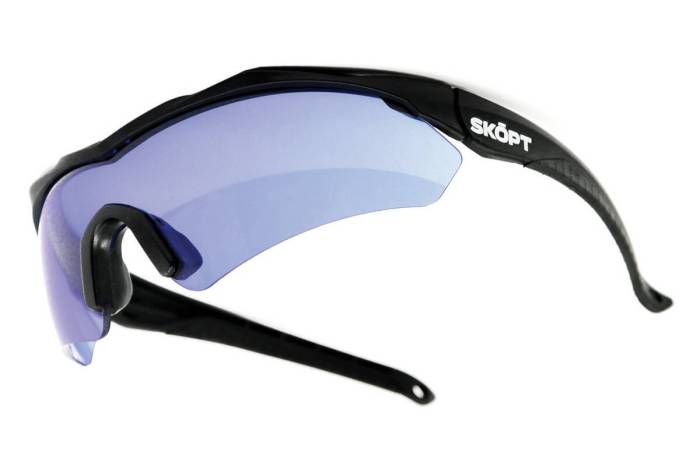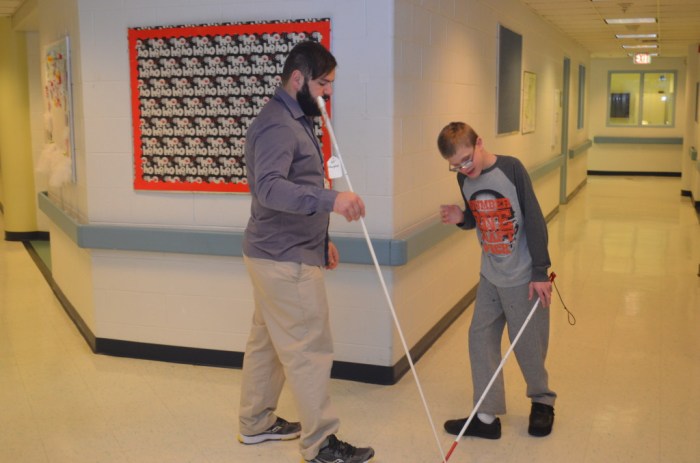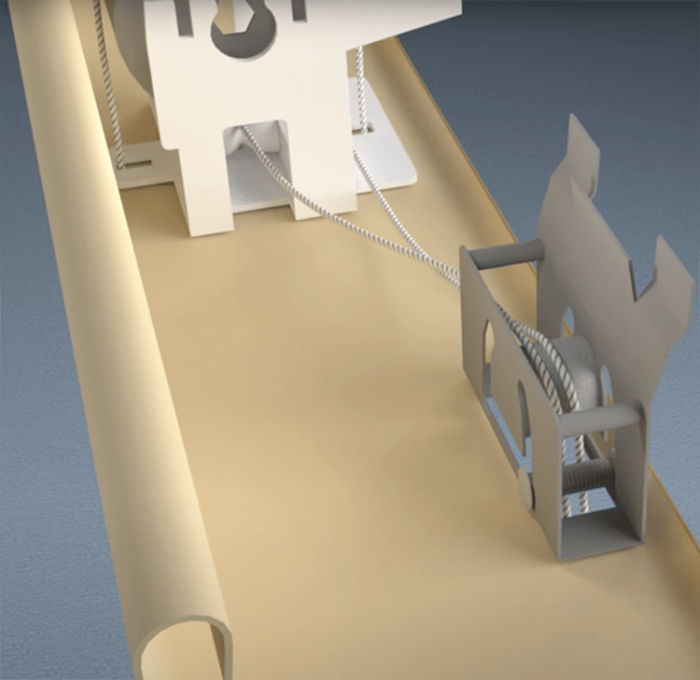Trailing techniques for the blind empower individuals with visual impairments to navigate their surroundings with confidence and independence. These specialized techniques provide a means of following a guide or sighted companion, enabling individuals to explore new environments, engage in social activities, and pursue their aspirations.
This comprehensive guide delves into the various types of trailing techniques, the essential equipment required, and the importance of training and practice. It also addresses safety considerations, explores the diverse applications of trailing techniques, and discusses advancements in the field.
Definition of Trailing Techniques

Trailing techniques refer to specialized methods employed by individuals with visual impairments to navigate and orient themselves in their surroundings. These techniques involve using various tools and sensory cues to create a mental map of the environment and track their progress.
The purpose of trailing techniques is to enhance mobility, independence, and safety for people with visual impairments. By learning and practicing these techniques, individuals can overcome the challenges posed by their vision loss and participate fully in everyday activities.
Types of Trailing Techniques

There are several types of trailing techniques, each with its own characteristics, advantages, and disadvantages:
- Cane Technique:Involves using a long cane to detect obstacles, identify landmarks, and maintain balance.
- Guide Dog Technique:Utilizing a trained guide dog to lead and guide the individual through their environment.
- Electronic Travel Aid (ETA) Technique:Using a handheld device that emits sonic or ultrasonic signals to provide auditory cues about obstacles and landmarks.
- GPS Technique:Utilizing a Global Positioning System (GPS) device to track the individual’s location and provide auditory or tactile feedback.
Equipment for Trailing Techniques
Effective trailing techniques require specialized equipment:
- Cane:A lightweight, collapsible cane with a comfortable handle and a durable tip for detecting obstacles.
- Guide Dog:A highly trained dog that has been specifically bred and trained to assist individuals with visual impairments.
- Electronic Travel Aid (ETA):A handheld device that emits sonic or ultrasonic signals to provide auditory cues about obstacles and landmarks.
- GPS Device:A portable device that tracks the individual’s location and provides auditory or tactile feedback.
- Tactile Maps:Raised maps that allow individuals with visual impairments to explore and understand the layout of an environment.
Training and Practice for Trailing Techniques: Trailing Techniques For The Blind
Training and practice are essential for successful trailing techniques:
- Initial Training:Involves working with a qualified instructor to learn the basic techniques and develop fundamental skills.
- Gradual Progression:Individuals gradually practice in increasingly complex environments, building confidence and competence.
- Ongoing Practice:Regular practice is crucial to maintain and enhance skills, ensuring proficiency in various situations.
Safety Considerations for Trailing Techniques

Safety is paramount when using trailing techniques:
- Obstacle Awareness:Individuals must be vigilant in detecting obstacles and adjusting their path accordingly.
- Environmental Hazards:Awareness of potential hazards such as uneven surfaces, traffic, and inclement weather is essential.
- Self-Advocacy:Individuals should be assertive in communicating their needs and requesting assistance when necessary.
Applications of Trailing Techniques
Trailing techniques have wide-ranging applications:
- Daily Life:Navigation of home, work, and community environments.
- Recreation:Participating in sports, fitness activities, and leisure pursuits.
- Professional Activities:Access to workplaces, attending conferences, and performing job duties.
Advancements in Trailing Techniques
Technology and research are shaping the future of trailing techniques:
- Smart Canes:Canes equipped with sensors and GPS capabilities, providing enhanced obstacle detection and navigation.
- Artificial Intelligence (AI) Assistants:AI-powered apps that provide real-time navigation guidance and obstacle detection.
- Virtual Reality (VR) Training:VR simulations that allow individuals to practice trailing techniques in safe and controlled environments.
FAQ Insights
What are the different types of trailing techniques?
There are various trailing techniques, including hand-over-hand, elbow-to-elbow, and sighted guide techniques.
What is the purpose of training and practice in trailing techniques?
Training and practice are essential for developing proficiency in trailing techniques, ensuring safety and maximizing independence.
What are the safety considerations for trailing techniques?
Safety considerations include being aware of obstacles, maintaining clear communication, and adhering to guidelines for safe trailing practices.